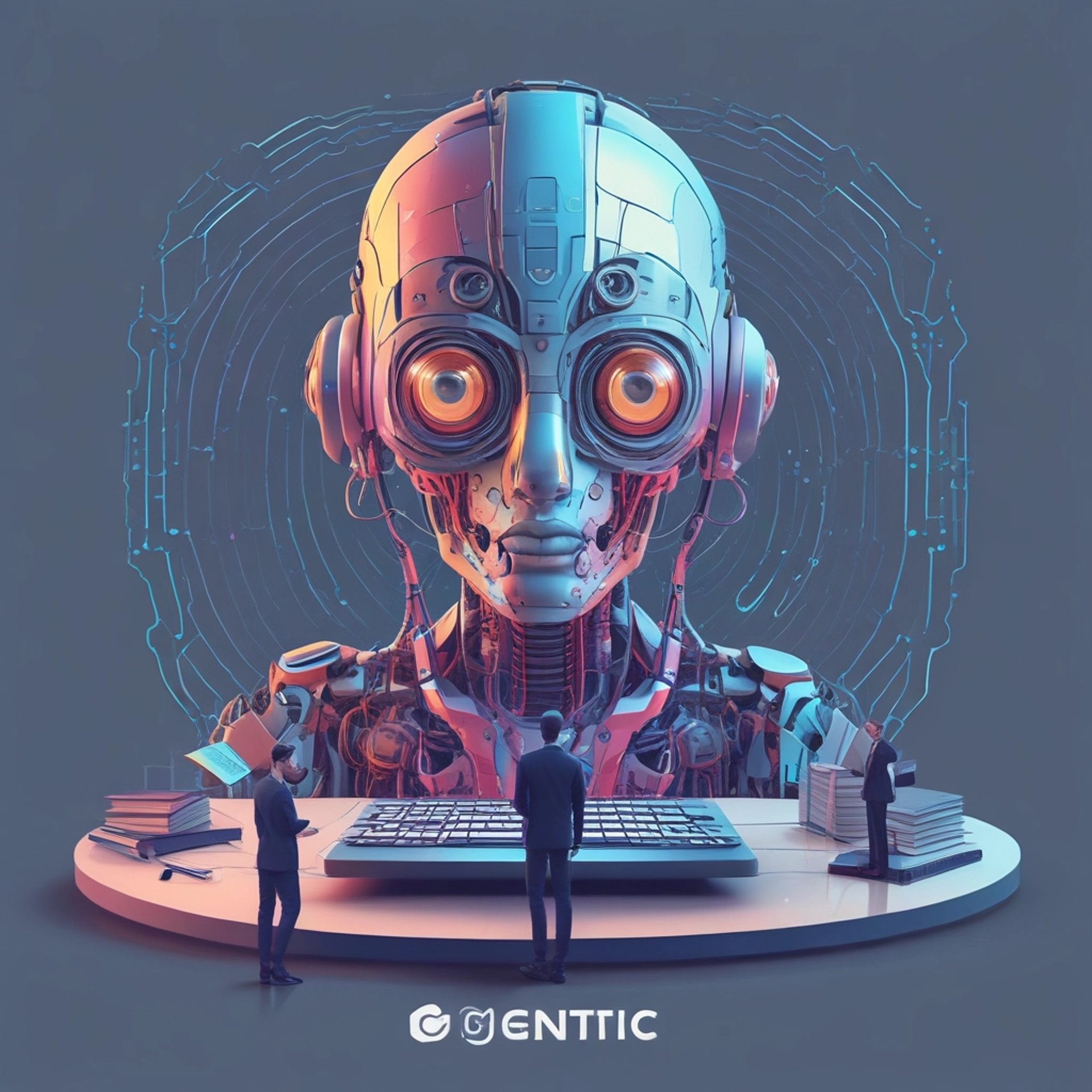
Foundations of AI Automation for Accounting Agents
Course Title:
Foundations of AI Automation for Accounting Agents
Level: Beginner / No Technical Background
Goal: Teach non-technical learners the digital, automation, and AI concepts needed to build agents confidently in n8n.
Outcome: Students understand automation architecture, APIs, JavaScript logic, AI models, and ethical use of tools.
Module 1: Automation Basics & Ecosystem
Objective: Understand how automation works and where AI fits.
Topics:
What is automation
No-code vs low-code vs AI automation
Core components: Trigger → Process → Output
Workflow tools (n8n, Zapier, Make, LangFlow)
Automation in accounting
Activity: Demo – “From Manual Invoice to Automated Email.”
Outcome: Learners can describe automation and identify its steps.
Module 2: APIs & Webhooks Explained
Objective: Understand how systems exchange data.
Topics:
What is an API and endpoint
API keys and secure usage
What is a webhook (trigger events)
Request ↔ Response cycle
JSON data format
Testing with Postman/webhook.site
Hands-On: Send a sample POST request.
Outcome: Learners can identify API structures and trigger workflows.
Module 3: JavaScript Logic for Automation
Objective: Learn coding basics for n8n expressions.
Topics:
Variables, If/Else, loops
Arrays, objects, JSON data
Math/date functions
Using expressions in n8n ({{$json.amount * 0.18}})
Project: Create a GST calculator script.
Outcome: Learners can read and modify short code snippets.
Module 4: Large Language Models (LLMs) & Generative AI
Objective: Understand how AI models operate.
Topics:
What is an LLM and text prediction
Tokens, temperature, and max length
OpenAI pricing basics
Function calling and JSON schema
Context windows and model limits
Activity: Explore OpenAI Playground.
Outcome: Learners can explain LLM behavior and cost logic.
Module 5: Prompt Engineering & Context Design
Objective: Learn to communicate precisely with AI.
Topics:
What is a prompt and why structure matters
Role/task/instruction-based prompts
Few-shot examples and JSON formatting
Context injection and guardrails
Prompt chaining for multi-step tasks
Exercise: Extract vendor_name and amount as JSON.
Outcome: Learners can design structured prompts for automation.
Module 6: Embeddings, Vector Databases & RAG Concepts
Objective: Grasp AI’s knowledge retrieval logic.
Topics:
What are embeddings
Vector databases (Pinecone, FAISS, Chroma)
Semantic search concepts
RAG overview and use cases
Outcome: Learners understand semantic search and retrieval mechanisms.
Module 7: Machine Connector Protocol (MCP) Overview
Objective: Learn how agents communicate safely.
Topics:
What is MCP
Difference from APIs/webhooks
Role in multi-agent ecosystems
Outcome: Awareness of MCP as a standard protocol.
Module 8: AI Ethics & Data Privacy
Objective: Practice responsible AI usage.
Topics:
Data privacy and anonymization
OpenAI use policies
Avoiding bias and unsafe automation
Confidentiality in finance workflows
Outcome: Learners commit to ethical and secure AI practices.
Module 9: Navigating n8n (Interface Tour)
Objective: Understand n8n visually.
Topics:
Nodes, connections, and executions
Viewing data and logs
JSON preview panel
Outcome: Learners can navigate and debug inside n8n.
Module 10: Automation Glossary Mini-Lesson
Objective: Clarify automation and AI terms.
Topics:
Key terms explained visually (API, Trigger, JSON, Node, Agent, MCP)
Based on Automation & AI Glossary (PDF handout)
Outcome: Learners clearly understand technical terms in simple language.
Learn
Empowering learners with skills and financial rewards.
Grow
Earn
© 2025. All rights reserved.
